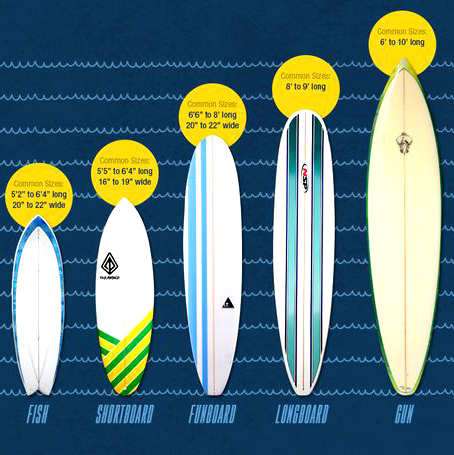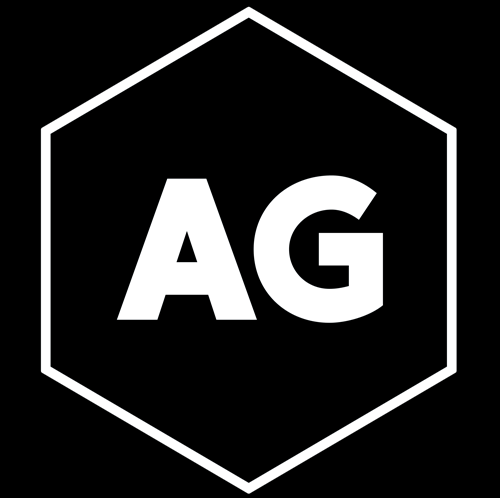Surfing is freedom, freedom to be yourself. On the wave you will feel life in the brightest colors.
It is these feelings that push millions of people to surf. Even in our Russian realities, they like to surf.
We’ve made a small sketch of the right board choice.
Let’s start with surfboard views
The first is a shortboard, also known as a thruster. This type of board is shown in the figure below. This board is designed for quick maneuvers on the waves and is the most popular type of board. Shotboards are usually about 5’8 “to 6’10” (1 foot = 30.48 cm).
Longboard or malibu (mal). The main difference from the shotboard is the length and the nose of the longboard is rounded. Otherwise, there are practically no differences between them, although the shotboard assumes the presence of three fins, and the longboard only one. But here it should be noted that this rule is not mandatory, and there may be more than one fins. Mini-mals or funboards come in sizes from 7’2 ″ to 9’0 ″. Malibu – 9’0 ″ or more.
Fish is very similar to a shotboard, but smaller in length. It is shorter, it is wider, which gives it a slightly more rounded shape. Usually the fish is 4’8 “and 6’0” long. There is a common misconception that fish is good for beginners – it is not.
The Gun is a larger version of the shotboard and is used on high waves. Ghana comes in lengths from 7’2 ″ to 12 ′ for really big waves.

Board for beginners.
From all of the above, we can conclude that the best board for a beginner is the longboard (malibu). Since it is easier to catch a wave on a large, thick Malibu. Malibu is more stable and easier to get on your feet. The ideal board is at least 9 feet long and made of foam. Foamies, as they are often called, are ideal boards to start with and are used in schools for teaching. Pop-out boards are made on an assembly line and are a cheap alternative to handcrafted fiberglass boards. Pop-out is made of foam covered with a thick layer of fiberglass and is virtually indestructible. Therefore, pop-out is a good choice for a beginner, besides, it is very buoyant and relatively inexpensive. This was a quick overview of the surfboards, hopefully now it’s a little easier to understand the types of surfboards. Although there are still a lot of things that go into the construction and design of the board


